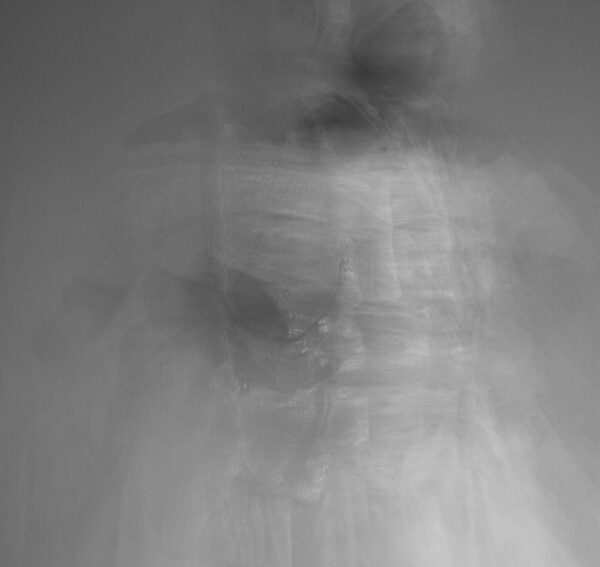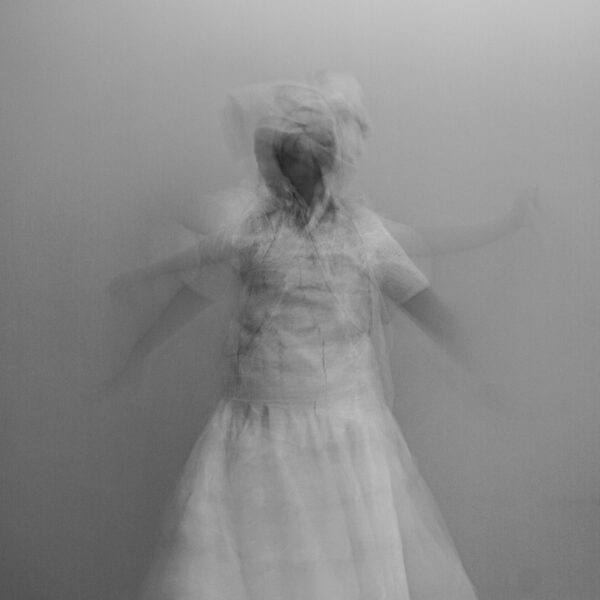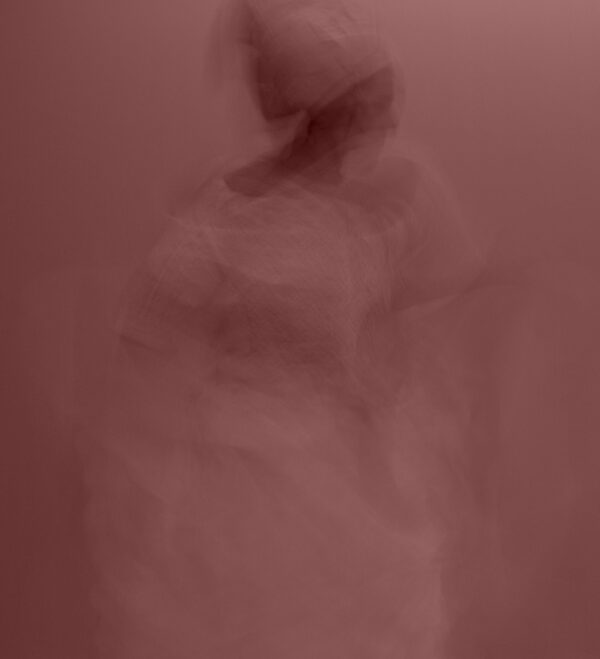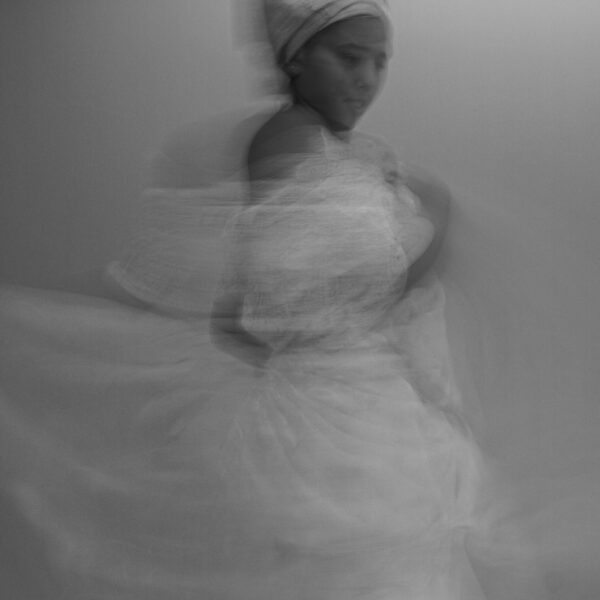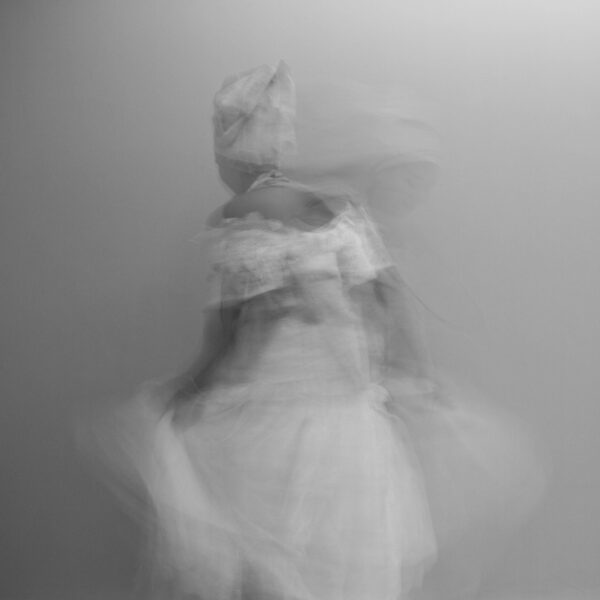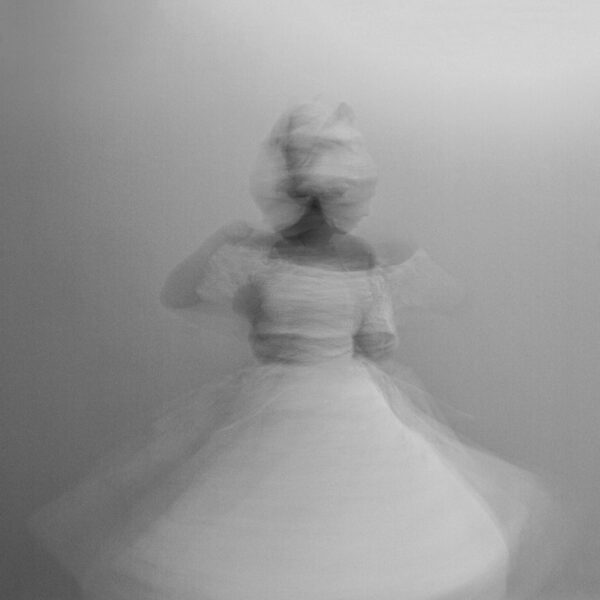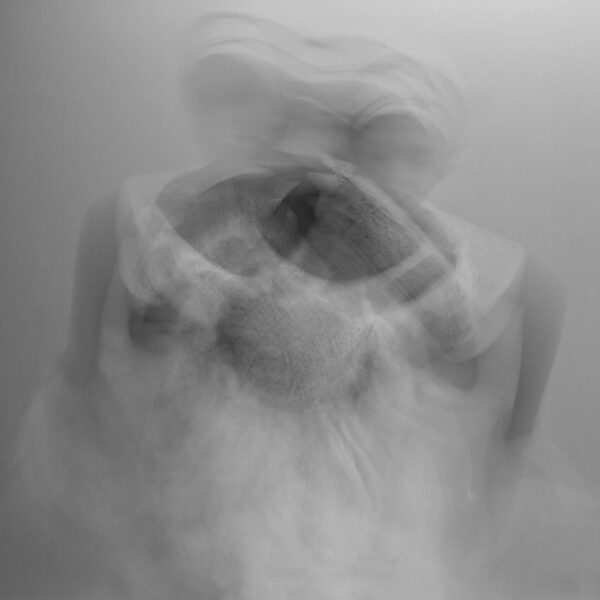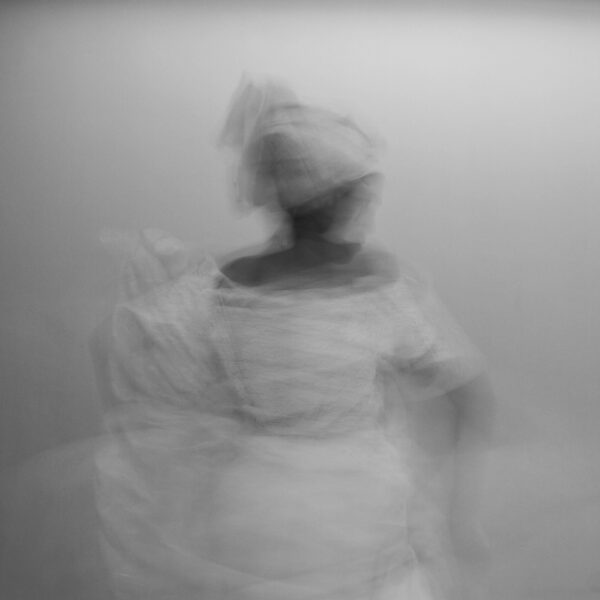The Negro, without a doubt, does not abandon himself to introspection as a Saint Teresa to describe to us the various addresses of his "inner castle". However, he has another language, which allows him to express the richness or complexity of his longing soul in the arms of the gods: it is the language of gestures. "
BASTIDE, Roger. The dream, the trance and the madness.
From this perspective, the series Liturgias do Éxtasis portrays a female and black body-discourse, crossed by ancestral memories and symbologies, in its process of manifesting and updating the meanings of gestures, as a liturgical language and practice of self-expression, in connection with the past, with you and with the invisible.
It is about visually narrating the impalpable, from an ethereal and almost incorporeal aesthetic.
